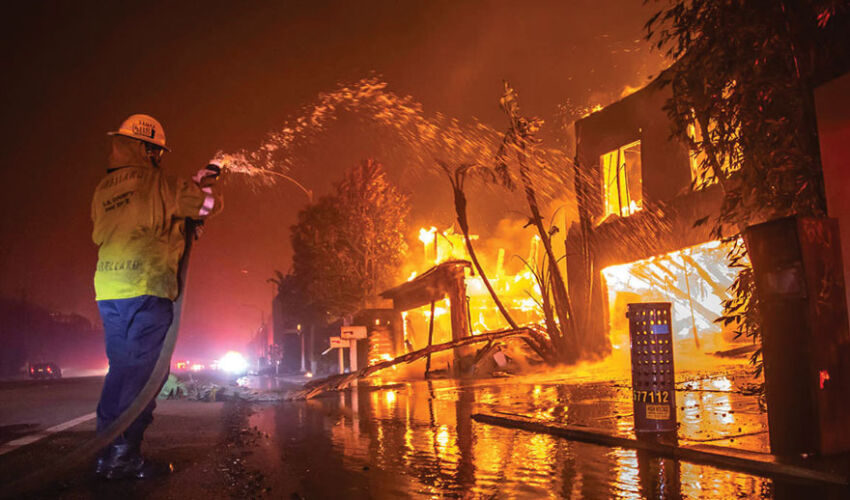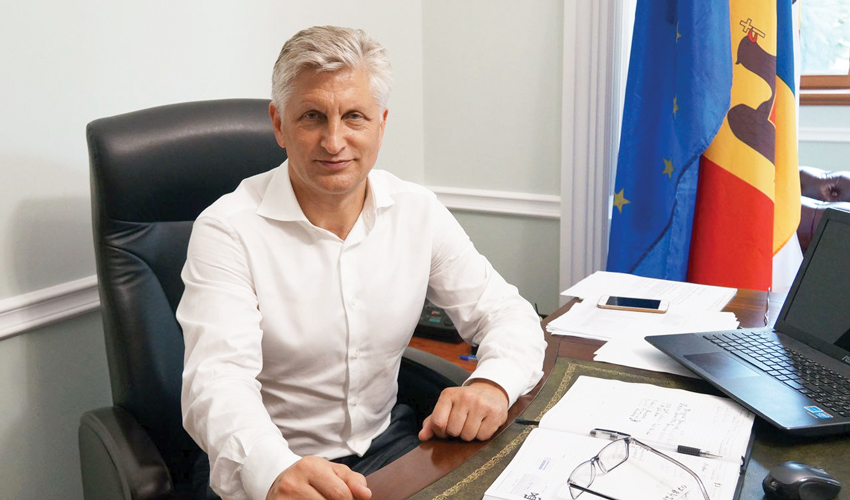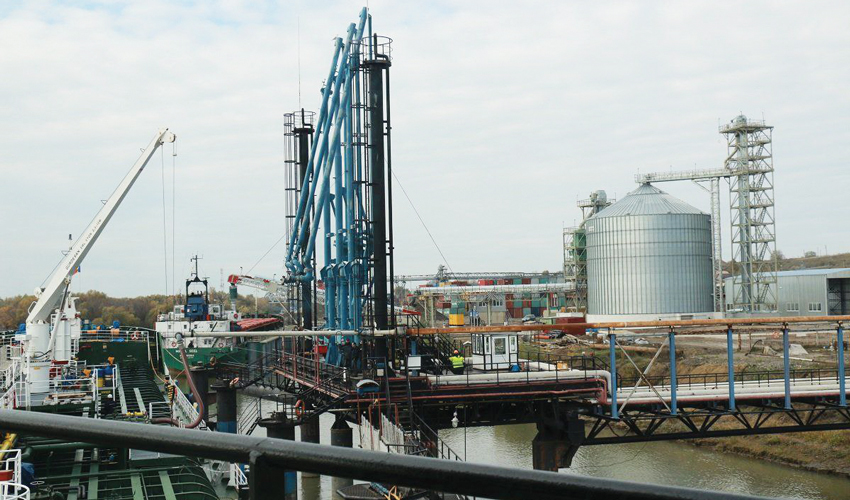
All of this presents insurance companies with an extremely difficult task that they are understandably struggling to accomplish. In recent months, several major insurers have suspended policies for new homes in California.
The problem is not limited to a few unfortunate locations. The world is facing a perfect storm: accelerating climate change, economic instability, political unrest, cybercrime, and disruptions in production chains. Because of all these interconnected threats, natural disasters are becoming more frequent and causing more damage. Insurers are feverishly trying to retain insurance services for their customers, but traditional methods of risk identification and assessment are no longer working, and the “protection gap,” that is, the difference between insured and uninsured losses, is widening. While there are no easy answers, insurers need to change or risk becoming redundant.
According to the European Investment Bank (EIB), every euro spent on preventing natural catastrophes saves €5-7 in rebuilding costs. This is a strong economic argument in favor of insurers changing their approaches. With active risk management, rather than just passive claims, insurers can seriously reduce the protection gap.
The tools for this already exist. And perhaps the most powerful of these is geospatial technology, which tracks risk in real time, using artificial intelligence (AI) tools to analyze satellite and drone data. Instead of relying on outdated models that often use old data from decades ago, insurers can use this technology to pinpoint exactly which properties, businesses or assets are particularly vulnerable to natural disasters.
Knowing this, insurers and policyholders will be able to act before disaster strikes. Some might argue that there’s almost nothing you can do if your home is in the path of a wildfire. But that’s not entirely true. According to the U.N. Office of Disaster Risk Reduction, removing dry vegetation around homes reduces the risk of damage from wildfires. If insurers use geospatial data to identify areas at risk, then they and their customers can take simple steps that could save billions of dollars by reducing damage: cutting back brush, constructing buildings with fire-resistant materials, and hiring private firefighting crews to fight fires.
The same principle applies to floods. Unlike hurricanes, which affect entire neighborhoods, floods can flood one street and leave a neighboring street untouched. Thanks to real-time data, insurers can track the spread of floods and help people protect their homes before the water arrives.
A significant barrier to preventive insurance is its cost. Critics argue that the technology is too expensive and the associated data infrastructure too complex to integrate into insurance systems. They are partly right: such a decisive U-turn requires significant investment. But the cost of inaction is much higher. If insurers withdraw from high-risk areas, then the protection gap will become a gaping chasm.
Meanwhile, insurers that take up catastrophe prevention will have a clear advantage, and it will not be limited to the savings projected by the EIB. They will be able to: offer lower premiums to customers who take action to reduce risk; reduce claims costs; and help create a more sustainable world. Insurance is not just about recovering losses (although that is essential), but also about protecting people’s lives and livelihoods. By embracing geospatial risk management, insurers will fulfill their purpose.
The rapid escalation of the climate crisis has already turned the insurance industry upside down. Simply avoiding risk is not a long-term option – it will doom insurers to oblivion. No, they must adapt to this new normal by developing the mindset necessary to create a forward-thinking, technologically advanced industry that can play a critical role in building a safer and more stable world.
Pierre du Rostou,
CEO of AXA’s Digital Commercial Platform.
© Project Syndicate, 2025.
www.project-syndicate.org













